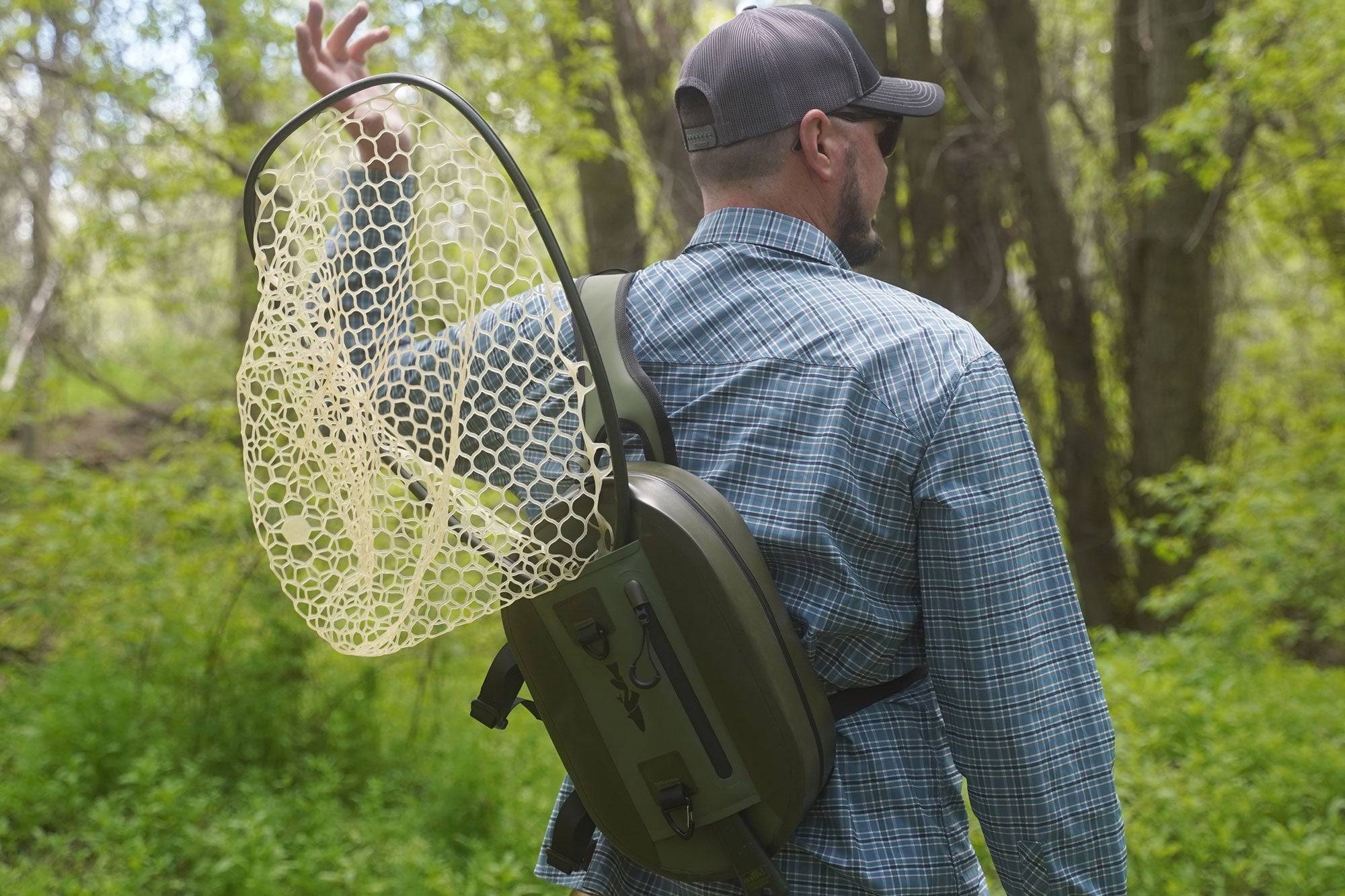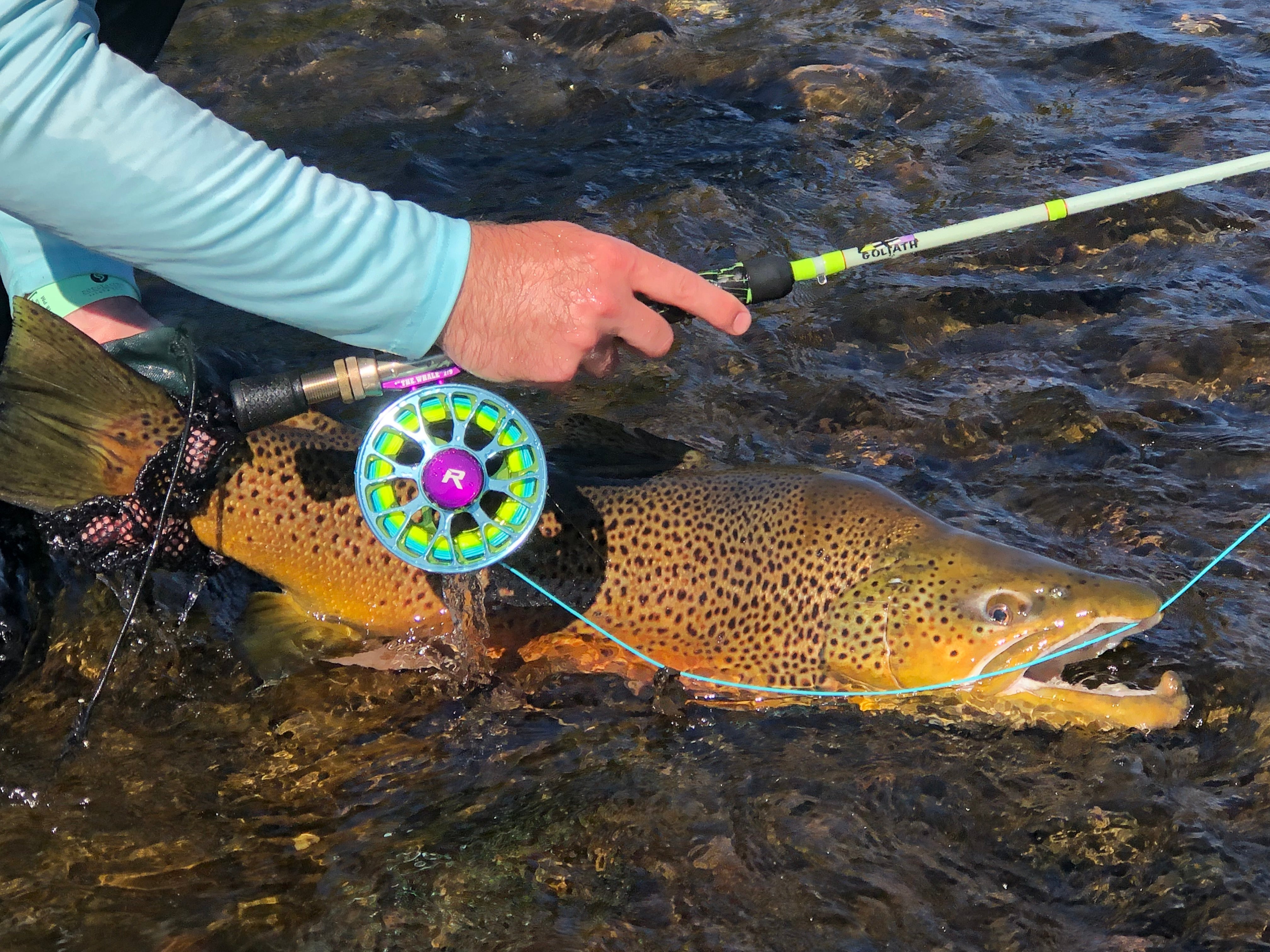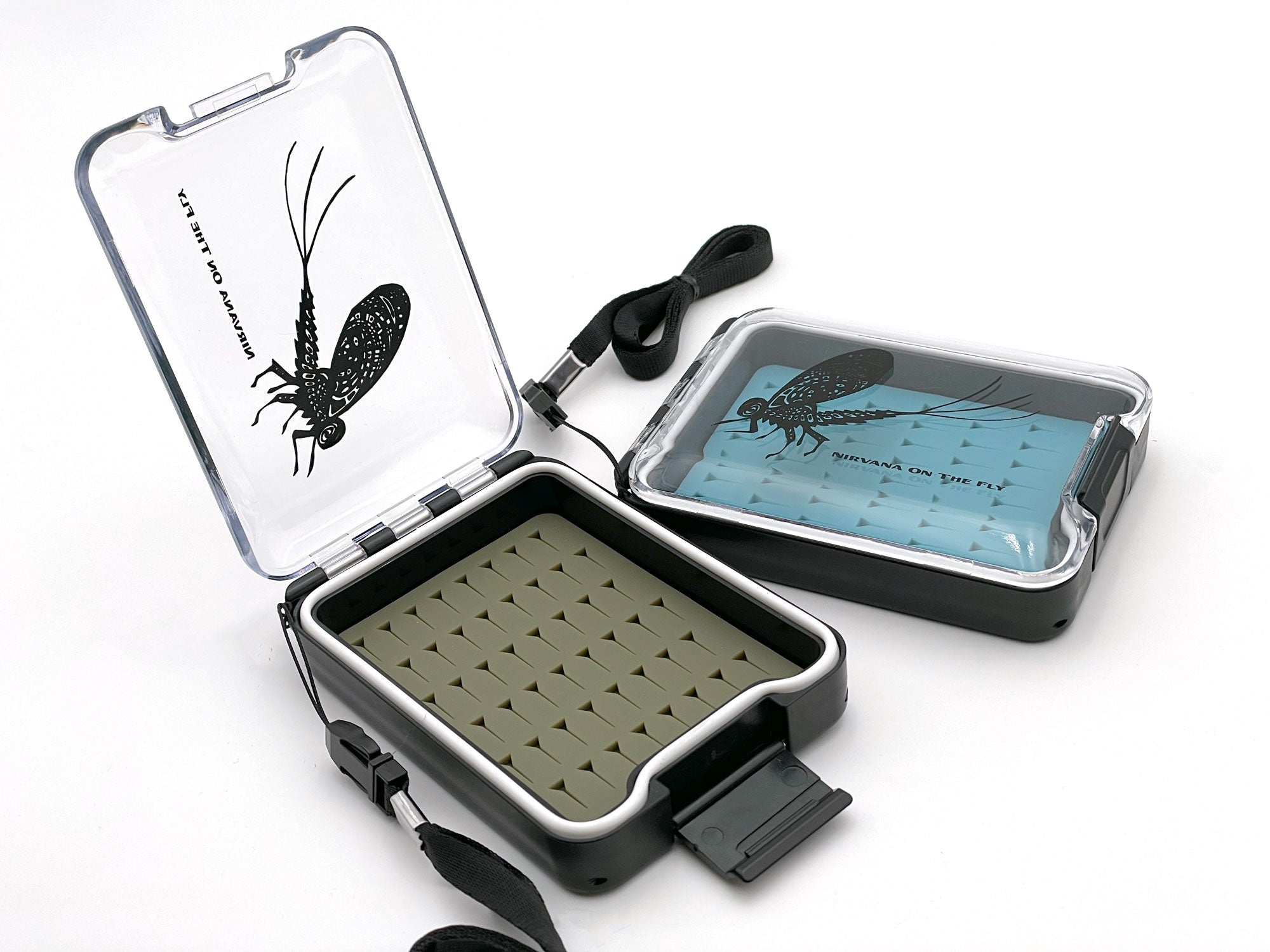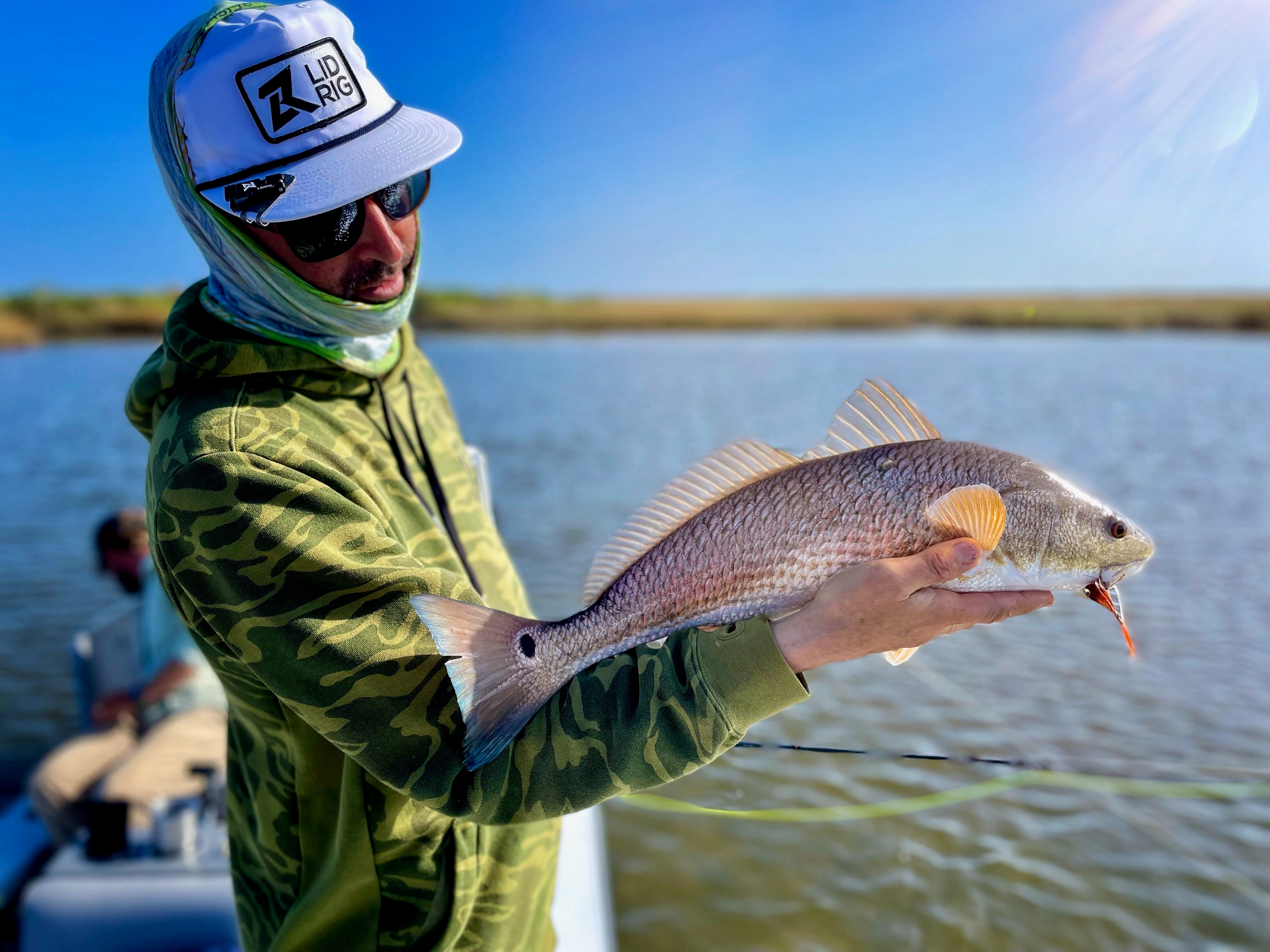What is Sargassum?
Sargassum, a large brown seaweed, commonly floats in the ocean currents, originating largely from the Sargasso Sea. Notably, since 2011, there has been a significant increase in sargassum in the Caribbean, affecting coasts from Trinidad and Tobago to Anguilla, including areas in Mexico and Belize. This increase, up to three times the normal amount, often results in sargassum up to a meter across or more from the beach line.
Impact of Sargassum on Fly Fishing
Sargassum can clutter coastal areas and flats, vital for fly fishing, making it hard to spot species like bonefish and tarpon. While it provides a habitat for fish, its overabundance obscures water clarity and complicates beach access. However, it can also create new feeding zones and is not always an obstacle for fishing. You really need to understand that it will likely not go away and can be utilized as a tool to improve your fishing, scare away anglers, and much more.
***Worried about the impact of sargassum on fly fishing? Read this article on Belize fly fishing where I talk about it as well.

Fish Behavior and Gear Interference of Sargassum on Fly Fishing
Some fish may use sargassum mats for shelter or feeding, while others avoid them, altering their typical daily migratory patterns. Where sargassum is most dangerous is when the dense sargassum entangles fishing gear, complicating casting, retrieval, and causing break-offs. Techniques like changing rod angles and seeking open flats can mitigate these challenges but being prepared and ready to do that can make a massive difference.
Should you catch a fish and it runs into sargassum then, as mentioned, there are things you can do. Number one is to change your rod angle and get them out and away from the weed mats. Second, move your body away and look for open flats where you can move the fish and fight them freely. The difficulty with sargassum on fly fishing is that if your line cuts into it, it will likely gather around the line and put significant weight and pressure on it and can easily cause you to break. Keeping clear is your best advice. When fighting and having an encounter, I recommend turning your rod upside down, dipping your rod tip in the water, and changing the angle to move the fish. A similar technique to fighting tarpon and keeping them from rising. Turning your rod keeps your line out of the sargassum as it floats on top of the water. Once the fish is clear, turn your rod up again, fight as you normally would, and land that trophy!
Environmental and Economic Challenges
Sargassum influxes often damage ecosystems in several ways. Coral reefs are hindered and the marine life around reefs suffers, which trickles down and or up the food chain. They also pose economic threats to fishing industries and tourism due to beach inundation and degradation. The influx has led to a number of expenses for removal, it has a bit of an eye sour, and for the average person it is a perceived inconvenience and or hindrance.
The good news for anglers is that we are resilient. We don’t necessarily want to be on the beach where it gathers, but out on the flats hunting. This can be nice as the fair-weather anglers often don’t want to deal with it while DIY anglers or experienced anglers reap the benefits.

Role of Currents Regarding Sargassum
Ocean currents and winds significantly influence sargassum on fly fishing because of it’s distribution. In 2018, AOML researchers used GPS-equipped drifters in the Atlantic and Caribbean to study this. Their weekly Sargassum Index Reports estimate sargassum risks for coastal areas, linking it to environmental and economic impacts. Additionally, the sargassum in the tropical Atlantic often originates from a gyre in the Sargasso Sea, shaped by major ocean currents. Now that we are seeing global climate changes the currents have changed and the sargassum is being pushed and moved differently, therefore landing in locations it hasn’t before. Again, the good news is that as quickly as it can change directions to move it towards the fishing locations it can move just as fast to pull it away. It is not uncommon to wake up thinking you have to wade through it to find a beautifully cleaned beachhead.
Mitigation and Adaptation of Sargassum on Fly Fishing
Despite these challenges, anglers can adapt by moving around sargassum patches, leveraging its presence as a fishing advantage, and adjusting tactics during encounters. While sargassum's overabundance is concerning, effective strategies can maintain enjoyable and productive fly fishing. Overall, having the right mindset can make a huge difference for an angler. If you want to worry about something then work about wind and sun! Those are far more bothersome than sargassum on fly fishing in my opinion.
If you would like to learn more about sargassum and see interactive maps then www.sargassummonitoring.com is the place for you! For example, here are live maps of a multitude of destinations to play with.
Download Essential Elements of Destination Travel for Anglers


By Christian Bacasa
Host of the Fly Fishing Insider Podcast
www.ffipodcast.com
@flyfishinginsiderpodcast
@dupeafish
Watch on YouTube






